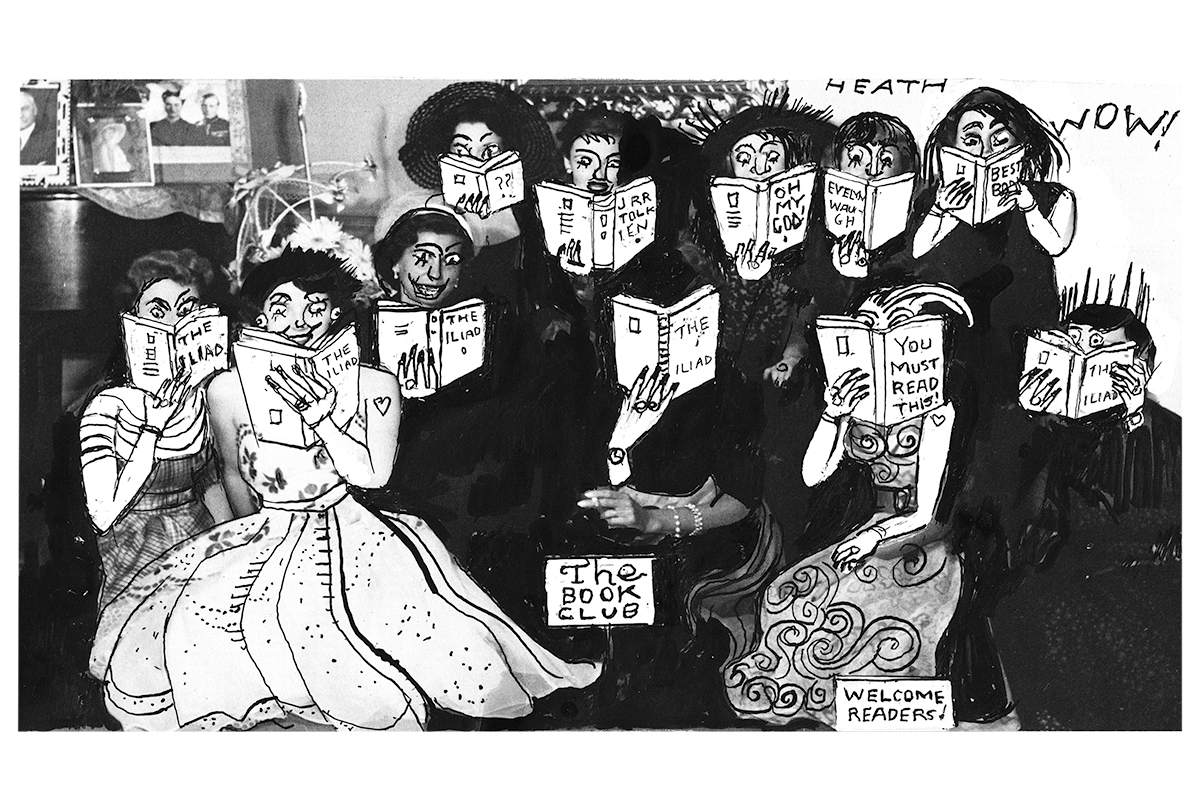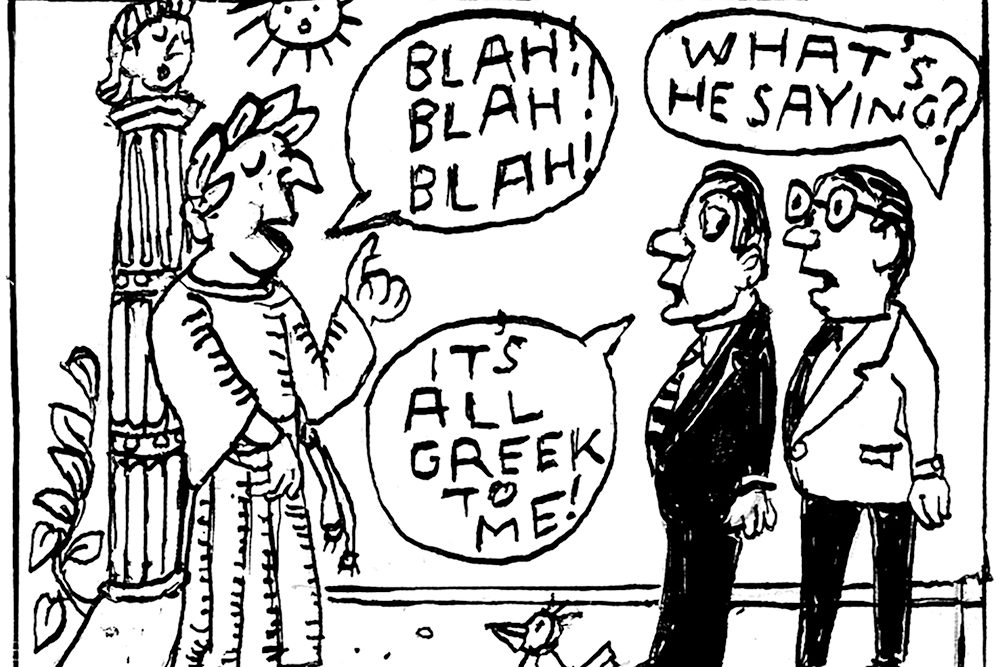Colm Toibín’s new novel starts with a bang — or rather, the results of one. It is only on the second page that an Irishman arrives at Eilis Fiorello’s house and threatens to leave his wife’s love child on her doorstep, it being also the doorstep of the father, Tony. “If anyone thinks I am keeping an Italian plumber’s brat in my house and have my own children believe that it came into the world as decently as they did, they can have another think.”
As a sequel to Brooklyn, it makes sense that Long Island is quick out of the blocks. Which is exactly what Eilis and Tony are out of, having moved with the entire Fiorello family to the sweeping developmentia of Lindenhurst. There is no privacy. Patriarchy governs. Eilis is the only one to challenge her father-in-law on Vietnam and the patriotism it obliges. “Can you not control her?” one of Tony’s brothers asks, to no response. Tony, for his part, “should have supported her at the table, or moved the conversation to some other topic.” He should indeed, and we should have reached that conclusion without Toibín’s help, which stumbles halfway between narrative comment and interior monologue. “But he could not go against his father.”
That said, it would be hard to accuse Toibín of overwriting. The confrontations between Eilis and Tony happen offstage, or are so tight-lipped that we don’t notice them as confrontations. Eilis is as set against keeping the baby as the man who is going to turf it out; but when she learns that Tony and his family think differently, she removes to Ireland for the first time in twenty years.
Long Island is a misleading title: most of the novel takes place in Enniscorthy, where everything is outwardly calmer. Eilis finds her eighty-year-old mother, Mrs. Lacey, resting more than ever on her dignity, while Jim Farrell, her brief flirt from Brooklyn, is now a respectable publican. In secret, Jim is “doing a line” with Nancy Sheridan, the widowed owner of a chippy, but it is Nancy’s friend Eilis who has always been on his mind.
Much has been written of Toibín’s style, which at its worst confuses plainness with flatness and at its best hypnotizes the reader into heightened sensitivity. It attunes them to a level where even a possessive adjective can stand out:
“My mother says you broke his heart,” Martin said.
“My mother says a lot of things.”
Eilis and Martin being siblings, Mrs. Lacey should not be pulled between two competing “my”s. Even “our mother” would be weirdly stiff; why not “mother” or “mum”? But no one in Long Island seems truly intimate with anyone else. Does Nancy want to marry Jim for love or for financial security?
If Jim said that she should stop working in the chip shop, she would pretend not to have considered it until now… She would have to be careful, especially at the beginning, not to look as if she was angling to retire completely.
And does Eilis renew her acquaintance with Jim for any higher purpose than getting back at Tony? We don’t know.
Toibín’s often heavy-handed intrusions usually seem to be missing the point; but perhaps that is the point, a diversion tactic. Towards the end, we realize that, for all the telling-not-showing, the final twist, the heist, has space enough to resound. “I made a decision in life not to be a gossip,” Mrs. Lacey declares with extreme unctuousness. Toibín’s narrative voice, for all its omniscient chatter, is equally, teasingly discreet.
This article was originally published in The Spectator’s UK magazine. Subscribe to the World edition here.


























Leave a Reply